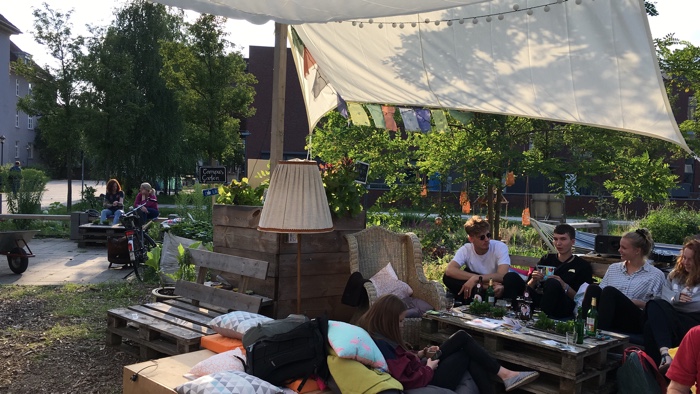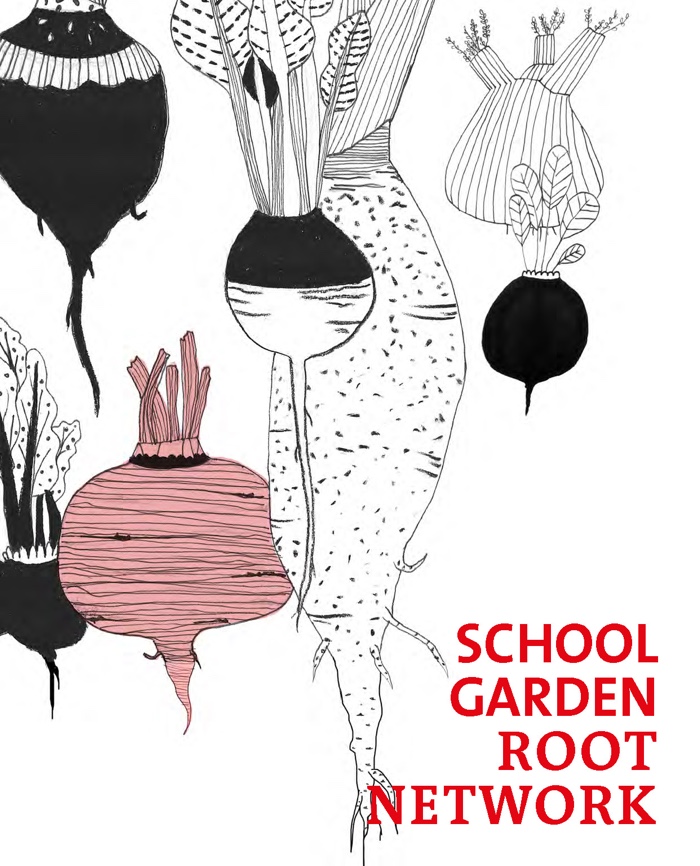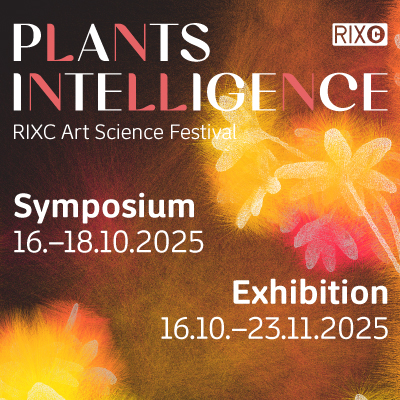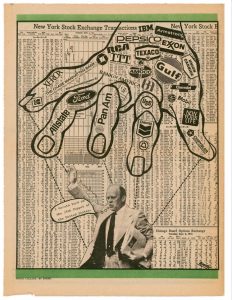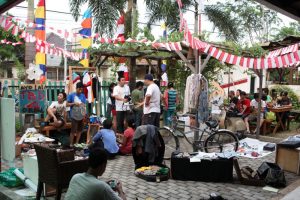A much belated review of Politiken des Designs / Politics of Design, an exhibition i saw back in January at Kunstraum Potsdam, a forum for fine arts near Berlin.
The exhibition showcased the work of young designers recently graduated or still studying at the University of Applied Sciences Potsdam (aka FH Potsdam – Fachbereich Design or FHP.) As its name suggest, the show aimed to demonstrate that design can play an important role when it comes to engaging with today’s social and political concerns. Through various visual and experiential strategies, designers can make more visible and even tangible problems that are under-discussed or too abstract to be easily understood.
The young designers used various strategies to tackle sociopolitical issues: data viz, gaming, photography, animation, etc. I’m going to mix and match below some of my favourite works in the exhibition:
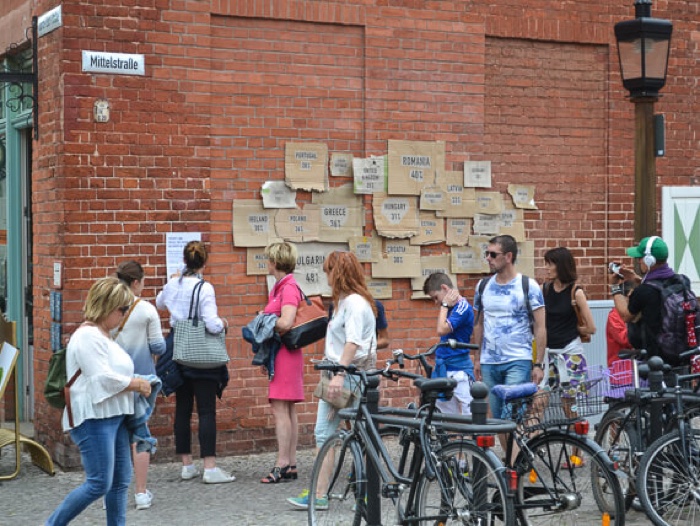
José Ernesto Rodríguez, Philipp Strixner-Weber, Thomas Miebach, Mario Klemm and Merle Ibach, Urban Dataobjects (Poverty and social exclusion in Europe)
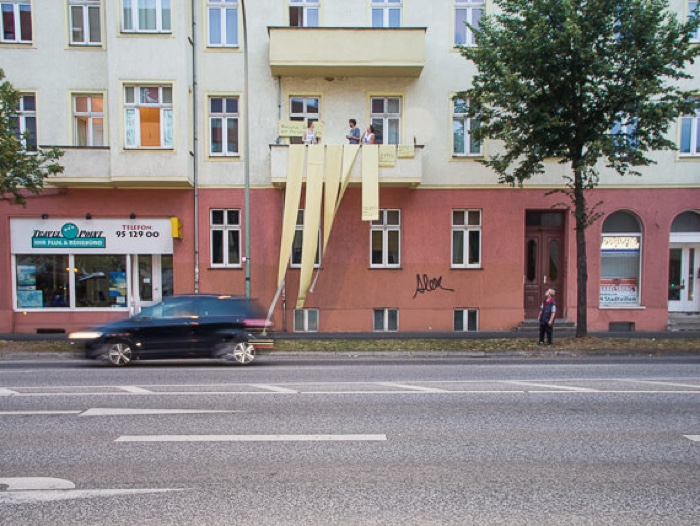
José Ernesto Rodríguez, Philipp Strixner-Weber, Thomas Miebach, Mario Klemm and Merle Ibach, Urban Dataobjects (National debt per person in 2015)
José Ernesto Rodríguez, Philipp Strixner-Weber, Thomas Miebach, Mario Klemm and Merle Ibach, Urban Dataobjects
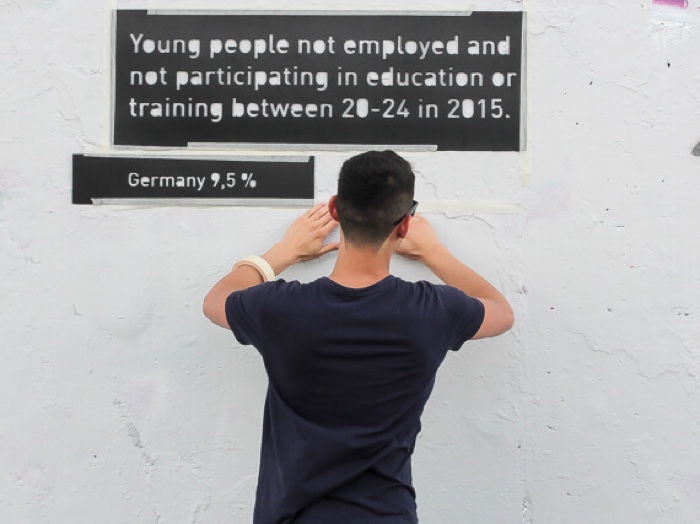
José Ernesto Rodríguez, Philipp Strixner-Weber, Thomas Miebach, Mario Klemm and Merle Ibach, Urban Dataobjects (Young people not employed and not participating in education or training between 20–24 in 2015)
Every year the Bertelsmann Foundation publishes the Social Justice in the EU Index. The survey comprises 27 quantitative and eight qualitative indicators, each associated with one of the six dimensions of social justice: poverty prevention; equitable education; labor market access; social cohesion and non-discrimination; health; and intergenerational justice.
The design students took to the streets of Potsdam and Berlin to confront the passersby with statistics they might otherwise not pay much attention to. The deisgners glued, tagged, sprayed and otherwise communicated the results of the Social Justice survey onto the public space, always selecting the most appropriate medium and place for each set of data.
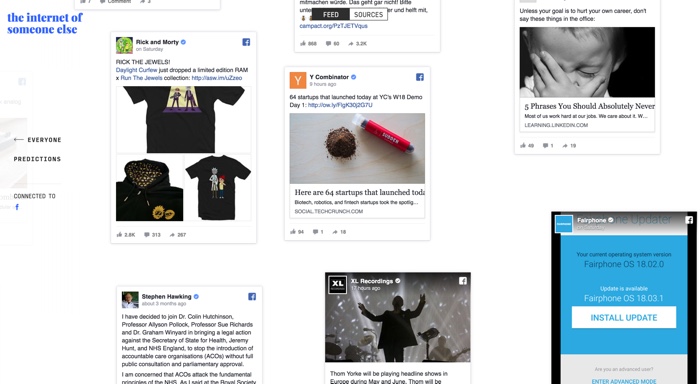
Flavio Gortana, The Internet of Other People
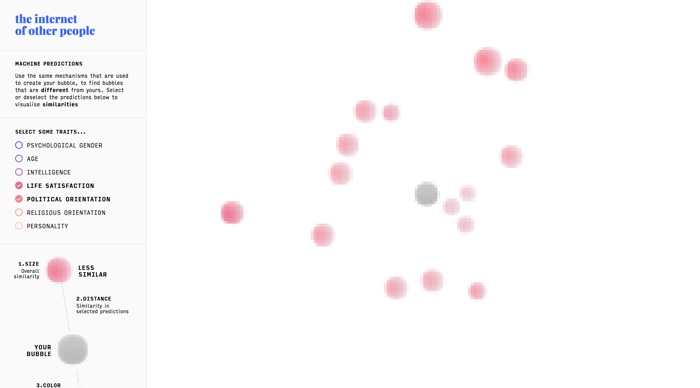
Flavio Gortana, The Internet of Other People
The Internet of Other People is not quite ready to go public yet (hence the screenshots from the work instead of a link to the actual website) but the work is so interesting and premonitory in the light of the Cambridge Analytica scandal that i had to mention it. The project allows you to find out what other people get to see on their personalized internet, in particular on social media sites. A user can connect with her/his Facebook or Twitter account through the project platform (still in beta), and then see what other people see when they use these services.
The discovery of other people’s internet is mediated by an algorithm that makes predictions about someone’s personality and preferences, based on his/her Facebook likes or Twitter activities. The service is similar to the one offered by Cambridge Analytica. Social media platforms themselves use this type of prediction algorithms in order to select content and target advertising. These predictions include demographic data such as age, gender and political orientation, but also personality traits such as openness and extraversion.
The idea behind the project is not to satisfy anyone’s voyeuristic penchant but to make web users more aware of the traces they leave when using digital technology. The work also brings the spotlight on targeting and exploiting mechanisms that takes place completely in the dark. At least until leaks, investigations and reverse engineering reveal their existence.
Julian Braun, Elmar Kriegler, Boris Müller, A Brief History of CO2 Emissions
The Urban Complexity Lab of the FHP collaborated with the Potsdam Institute for Climate Impact Research to create an animated visualization of past and future carbon dioxide emissions, one of the driving forces behind climate change.
This striking visualization of CO2 emissions from 1751 to 2100 demonstrates convincingly the urgency of limiting the amount of CO2 into the atmosphere.
Aljoscha Seuss, Tachinahare, 2017
Tachinahare takes a look back at the incidents of Minamata disease in the 1950s, ’60s and ’70s to raise awareness of environmental pollution. Minamata is located on Kyushu, Japan’s most southwesterly island. In 1956, four patients from the town were admitted to hospital with the same baffling symptoms: very high fever, convulsions, psychosis, loss of consciousness, coma, etc. As more and more people presented the same ailments and died, an investigation was open. It concluded that the disease was caused by the industrial poisoning of Minamata Bay by plastic manufacturer Chisso Corp. As a result of wastewater pollution, large amounts of mercury and other heavy metals found their way into the sea life that comprised a large part of the local diet. Thousands of residents have suffered from the disease over the decades. It remains Japan’s greatest environmental tragedies
The video is part of Aljoscha Seuss‘s graduation project Plastic in Motion.
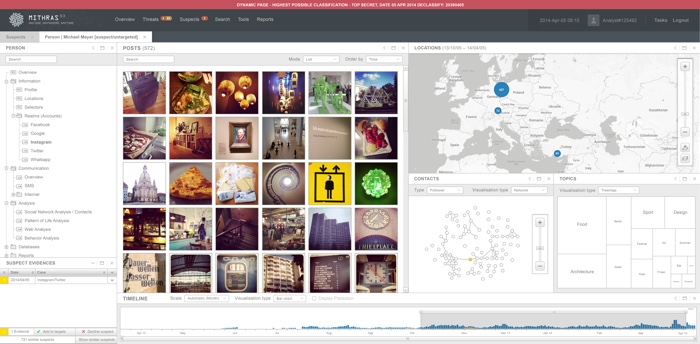
Christian Laesser, They Know, 2014
They Know makes the issue of mass surveillance programs more tangible by using a fictional monitoring software. The work demonstrates with great clarity the modus operandi of surveillance agencies and the ease with which the data of any a normal citizen can be intercepted and (mis)interpreted.
The website of the project lists and describes types of surveillance, strategies, potential repercussions on the individual’s life, etc. but it also features a helpful lineup of tips to protect your data against mass surveillance or at least complicate the work of the intelligence agencies.
School Garden Root Network is a 100-page booklet that celebrates school garden cultures around the world. The publication dives into the significance of these gardens. They don’t provide just fruit, herbs and veggies but also lessons about cultivation, management of resources and community-making. On a macro level, school gardens give space to reflect on and discuss issues like climate change, soil loss, land grabbing, traditional knowledge, food politics, sovereignty, etc.
The students put theory into practice and made their own school garden in the vast courtyard of FH Potsdam.
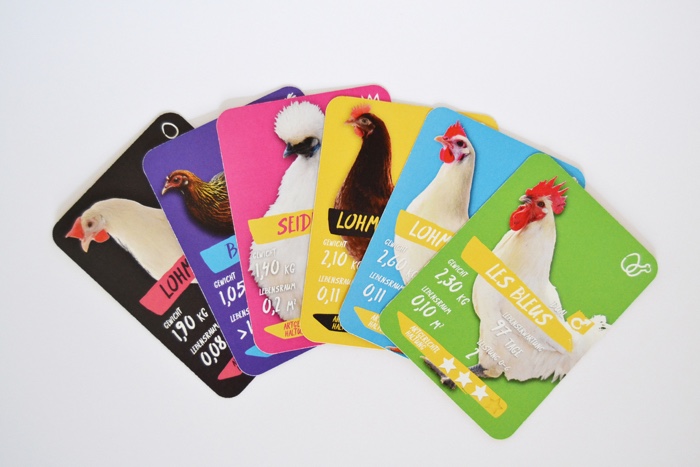
Jens Over Drößiger, Natalie Schreiber, Antonia Fuchs, Flavio Gortana, Mathias Wolff, Saskia Meyer and Jan Philipp Paeslack, Hühner à la Carte
Hühner à la Carte is a quartets card game with 32 different chicken breeds. From the very humble broiler to the organically grown one, from the one day chicken to the wild jungle chicken.
Each card features a portrait of the chicken but also basic information about its way of life: living space, life expectancy, weight, as well as performances in terms of animal welfare, meat and laying. Which of the chicken breeds leads the happiest life? Which is the strongest? Which one is the most remunerative?
Through the game, a more nuanced, more critical view of chicken breeds (and their respective “privileged” or miserable life) emerge.
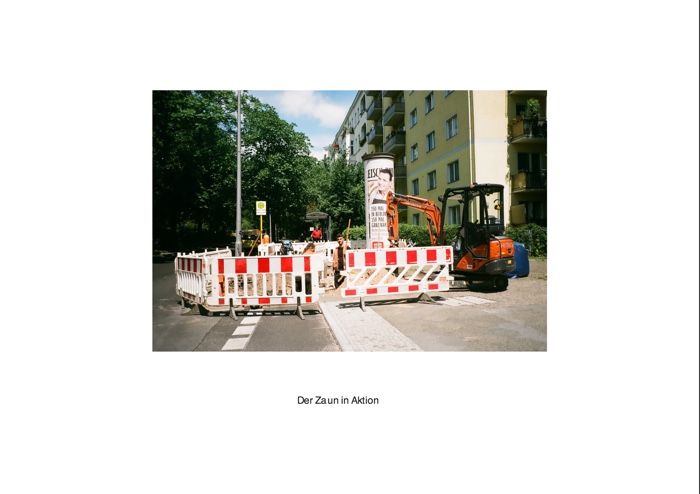
Jule Garschke, Die Befriedung der Welt

Jule Garschke, Die Befriedung der Welt
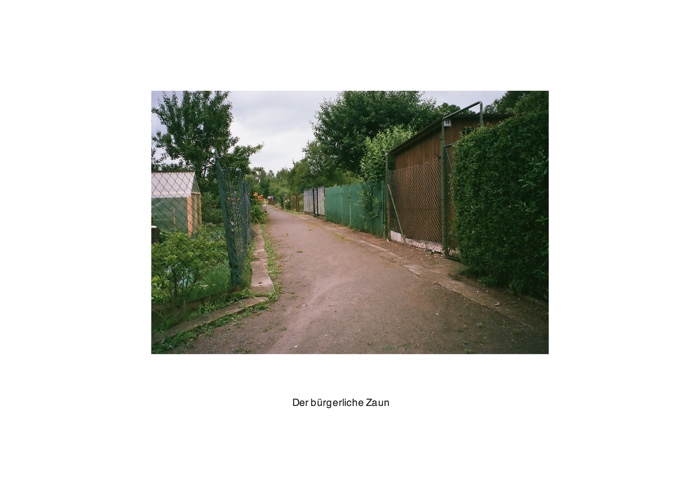
Jule Garschke, Die Befriedung der Welt
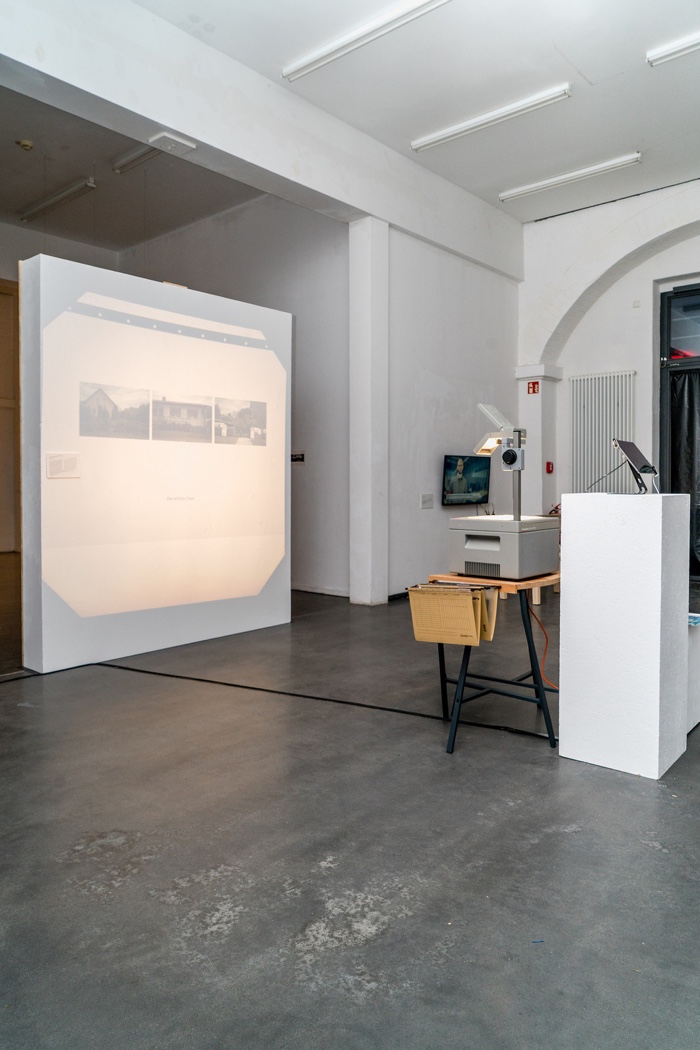
Jule Garschke, Die Befriedung der Welt (exhibition view)
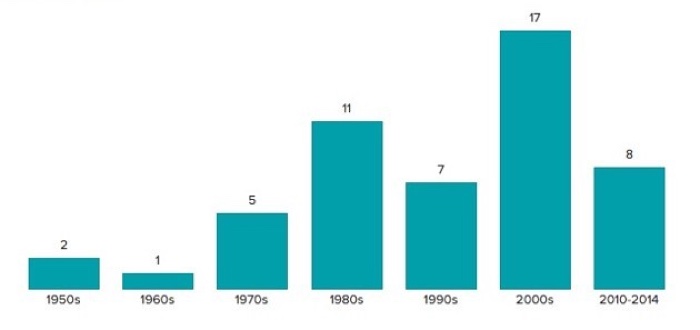
Number of Separation Barriers Initiated Around the World, 1945–2014. Source: The Atlantic that comments “The chart above doesn’t account for all of these new barriers, a number of which have been constructed since 2014”
As a result of the refugee crisis, Europe will soon have more physical barriers on its national borders than it did during the Cold War.
Jule Garschke photographed walls and fences and catalogued them as if they were animal species, some of them invasive species. Some are charming and take the form of a leafy hedge. Some are mobile and temporary. Others are downright menacing and imposing a state of Apartheid on the communities enclosed behind high walls and barbed wires. Each of them says more about our culture than most of us might suspect at first glance.
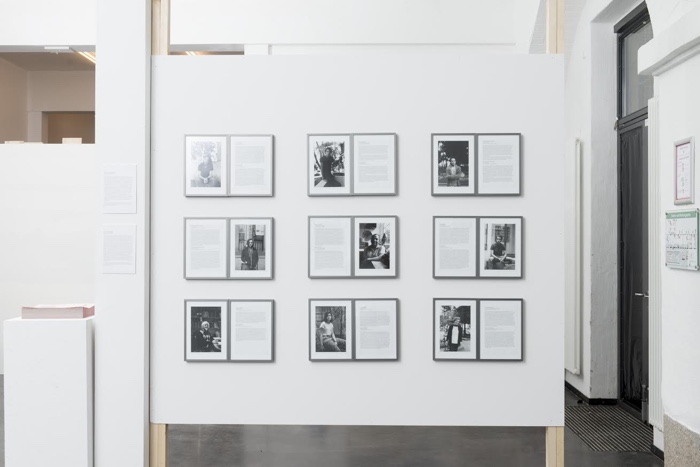
Sabina Fimbres Sabugal, Nach dem Beben / After the Quake (exhibition view)
Barely two weeks after the powerful earthquake that violently shook Mexico City, Sabrina Fimbres Sabugal visited her native country. She photographed and interviewed friends, relatives, acquaintances. Each of the black and white portraits is accompanied by a text in which people describe their experience of the event. The stories are moving and sad but also strangely uplifting. They talk of resilience, solidarity and small gestures that make up for the chaos and inadequacy of local authorities efforts to handle a disastrous situation.

Moritz Jekat, US Legal

Moritz Jekat, US Legal
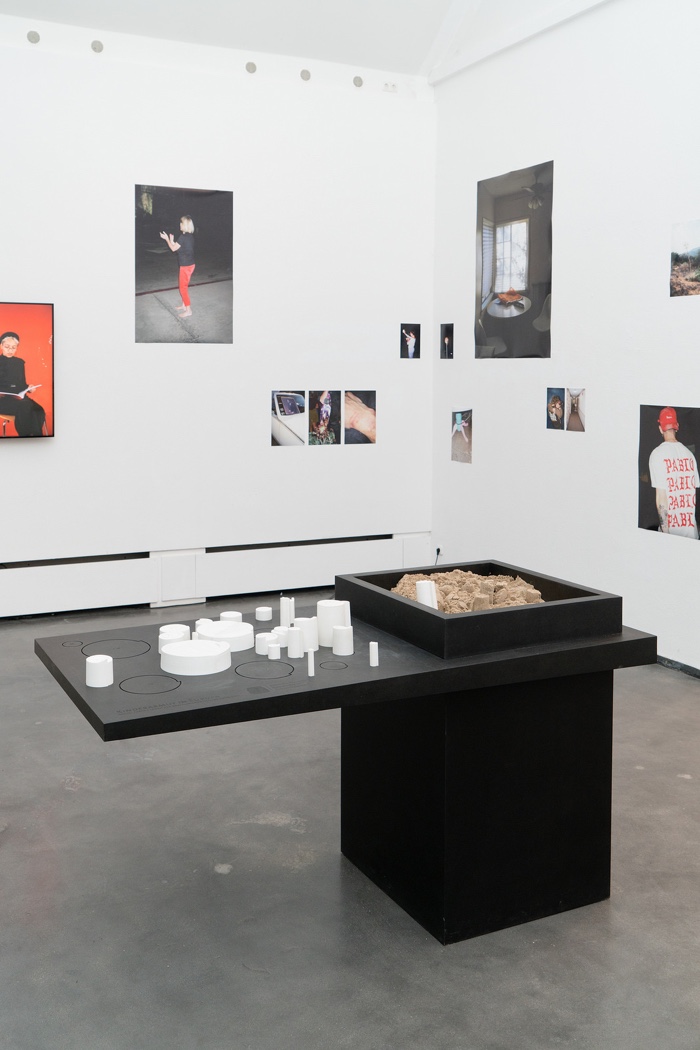
Moritz Jekat, US Legal (exhibition view)
A personal narrative of a Berlin photographer’s experience of the days that followed the announcement of the winner of last U.S. presidential elections. Moritz Jekat was in the Los Angeles area (where 71.76% of voters had chosen Clinton) that day. His images show people in shock, protesting or simply trying to carry on with their lives probably hoping things would be ok. The photobook combines portraits and street scenes with social media posts and comments that a political activist published during that period of time. Jekat’s images are dark but they also show the inspirational energy that animates the citizens who can’t identify with a racist, homophobic, sexist and bigot president.
More images from the Politiken des Designs show:
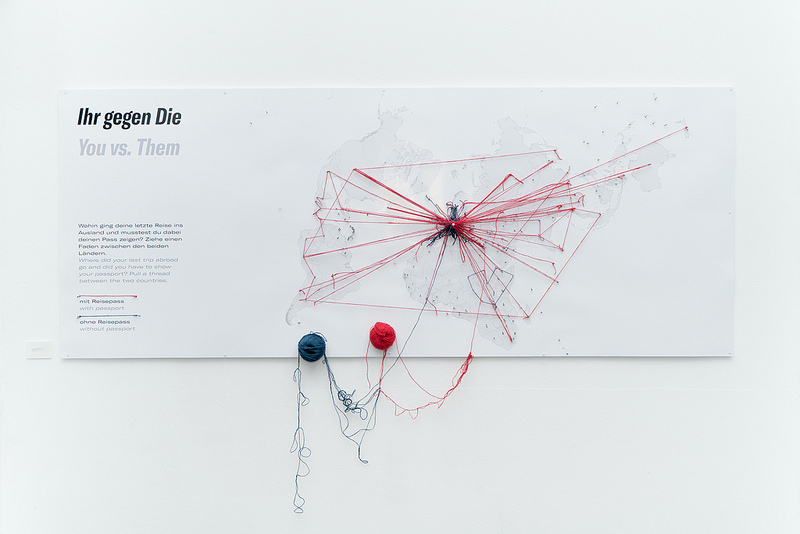
Paul Heinicker and Jonas Parnow, Stable Genius (exhibition view)
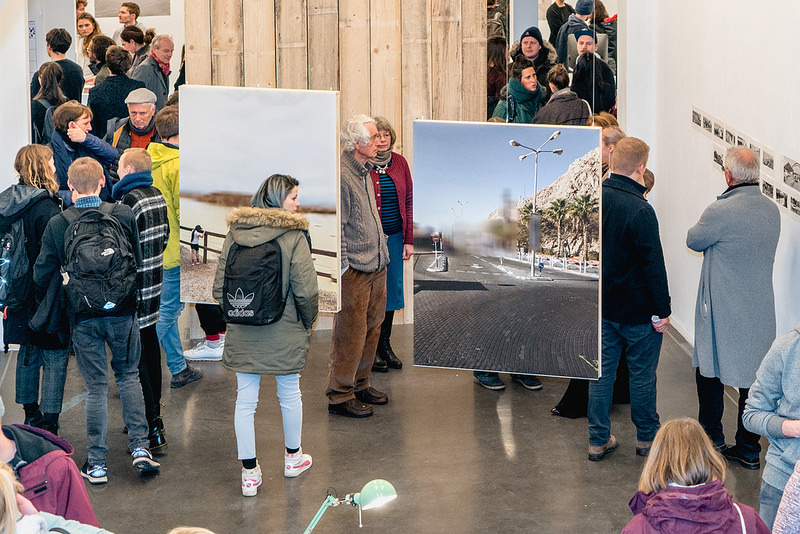
Daniel Sander, Not Intended For (exhibition view)
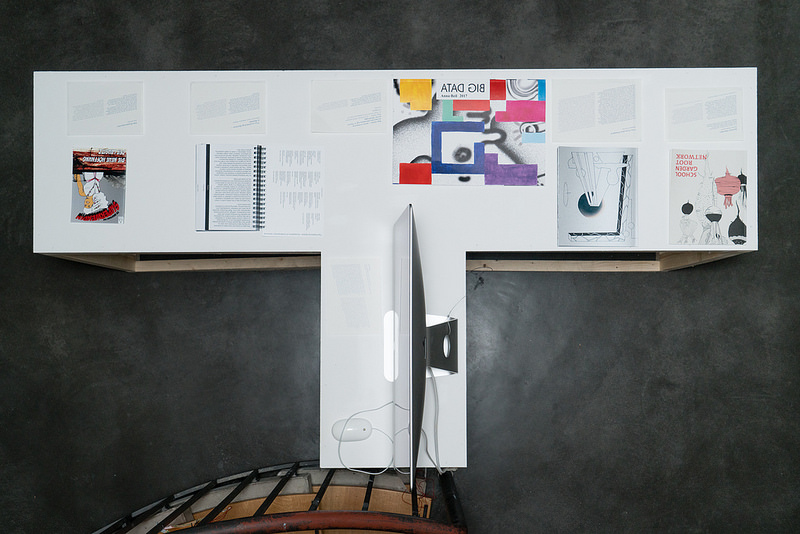
Exhibition view
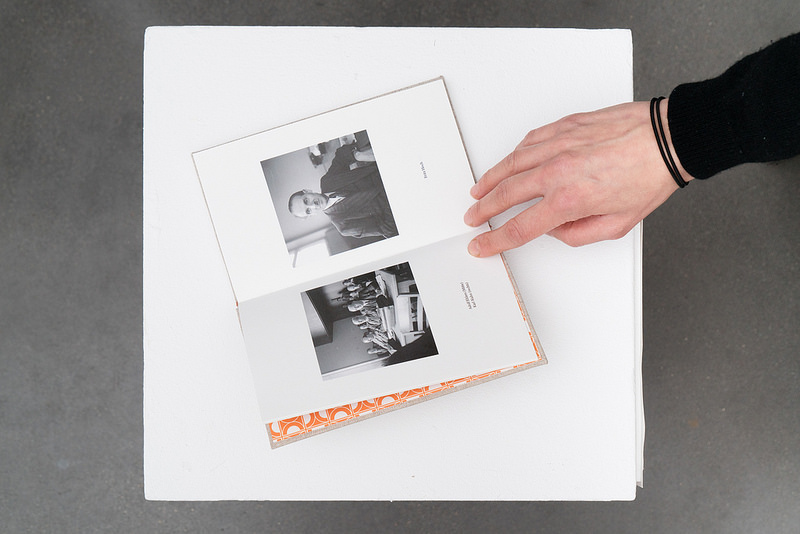
Charly Hall, Das Wort Insel
All images by Franz Grünewald and Moritz Jekat.
Related stories: Graphic design for social change, Drones, pirates, everyday racism. An interview with graphic designer Ruben Pater, Design and Violence. Part 1: ambiguous violence and Part 2: violence where you wouldn’t expect it, Khandayati. Turning objects of oppression into spinning weapons, Disobedient Electronics: Protest, Design My Privacy. 8 Principles for Better Privacy Design, etc.

